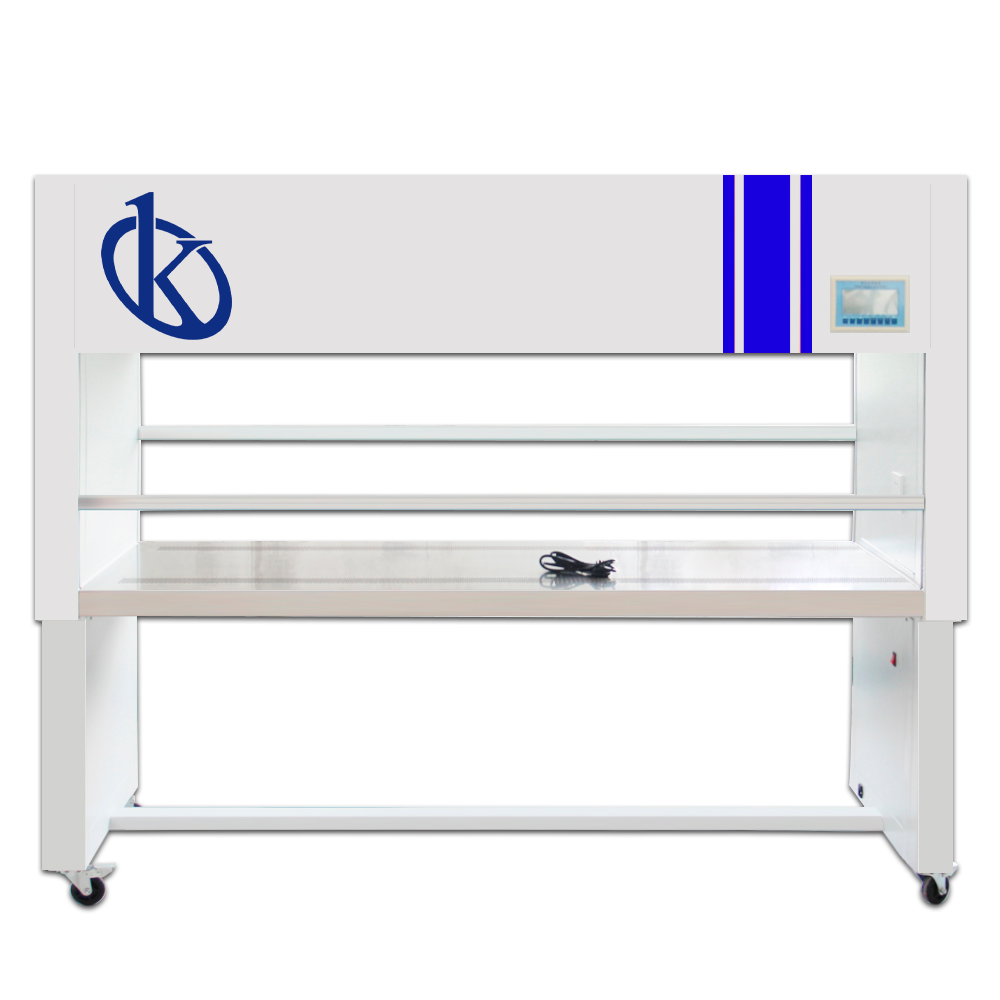Biological safety hoods are equipment that provide protection for the operator against infectious agents. Their designs are vertical and horizontal, used in microbiology laboratories, which prevents the exit of bioaerosols from the work area.
Likewise, these teams keep the areas free of particles or possible contaminants, such as bacteria that alter the products with which they are working, as well as the health of the worker operating in it and the environment.
Functions of the Biosafety hoods
The protective mechanism offered by biological safety hoods is due to electromechanical/electronic elements (engine, fan, filter, ducts, lighting, etc.), and physical processes (laminar flow, pressure differences) that propel the air through special, strategically placed, large surface filters that have a minimum particle retention efficiency of 99.99%, when the particle size is on average 0.3 µm (micrometers).
In order to obtain efficient results, with respect to the safety offered by hoods and in conjunction with the health of the operator, certain procedures exist, including this one:
- Detail the work to be done, to coordinate with the environment and avoid interruptions while the equipment is in use.
- Make sure the equipment is turned on, and allow air to flow freely.
- Handle materials and equipment safely in the laboratory, using only the material required to perform the procedure.
- Keep the equipment disinfected, removing the appropriate materials.
- Turn off the biological safety cabin, closing the floodgates and turn on the ultraviolet lamp.
All these procedures, respond to the safety of the practices carried out inside the device.
Types of Biosafety hoods
- Class I biological hoods, these operate by air extraction, which passes through a high efficiency filter (HEPA), driving the operator away from the agents in which it is working and the external environment, but not the products.
- Class II biological cabins provide personal protection, material and laboratory, creating a sterile environment. It also reduces the chemical risk, where the air is sucked (“inflow”) and passes directly to the first HEPA filter and from there, it is driven on the working surface (“downflow”) to return to the filter again, generating a downflow as a protection curtain.
- Class III hoods, they are closed and highly watertight hoods. They use a closed front port, with resistant gloves for handling highly dangerous products. Through double filtration systems, they are fully decontaminated. This type of hoods , are the most recommended for use in rooms of maximum biological containment.
Biosafety hoods in Kalstein
We at Kalstein are trained to enforce the requirements of our users, in terms of the selection of laboratory equipment. We offer you, the YR series Biosafety hoods, which has attractive features, such as: Low power wind wheel centrifugal motor, based on the principle of airflow mechanics, large diameter arc-shaped inlet design to reduce the turbulence generated to ensure quiet operation of the system. Integrated LCD dot matrix display, real-time display of lighting status, sterilization, airflow and other parameters. Easy-to-use design with sterilization, illumination and interlock functions to protect the operator from ultraviolet light burns and ensure safe operation. Standard primary filter for early efficiency and double filter to prevent dust particles from airflow entering and extending the life of the high efficiency filter. High efficiency filter without HEPA splint, retention efficiency of 99.99%. Working environment, below 70 %, no evident vibrations or dust around.
To learn more about our products, visit HERE
At Kalstein, as manufacturers, we provide all the advice our customers need, so that their purchase is the ideal, and at excellent prices. HERE


